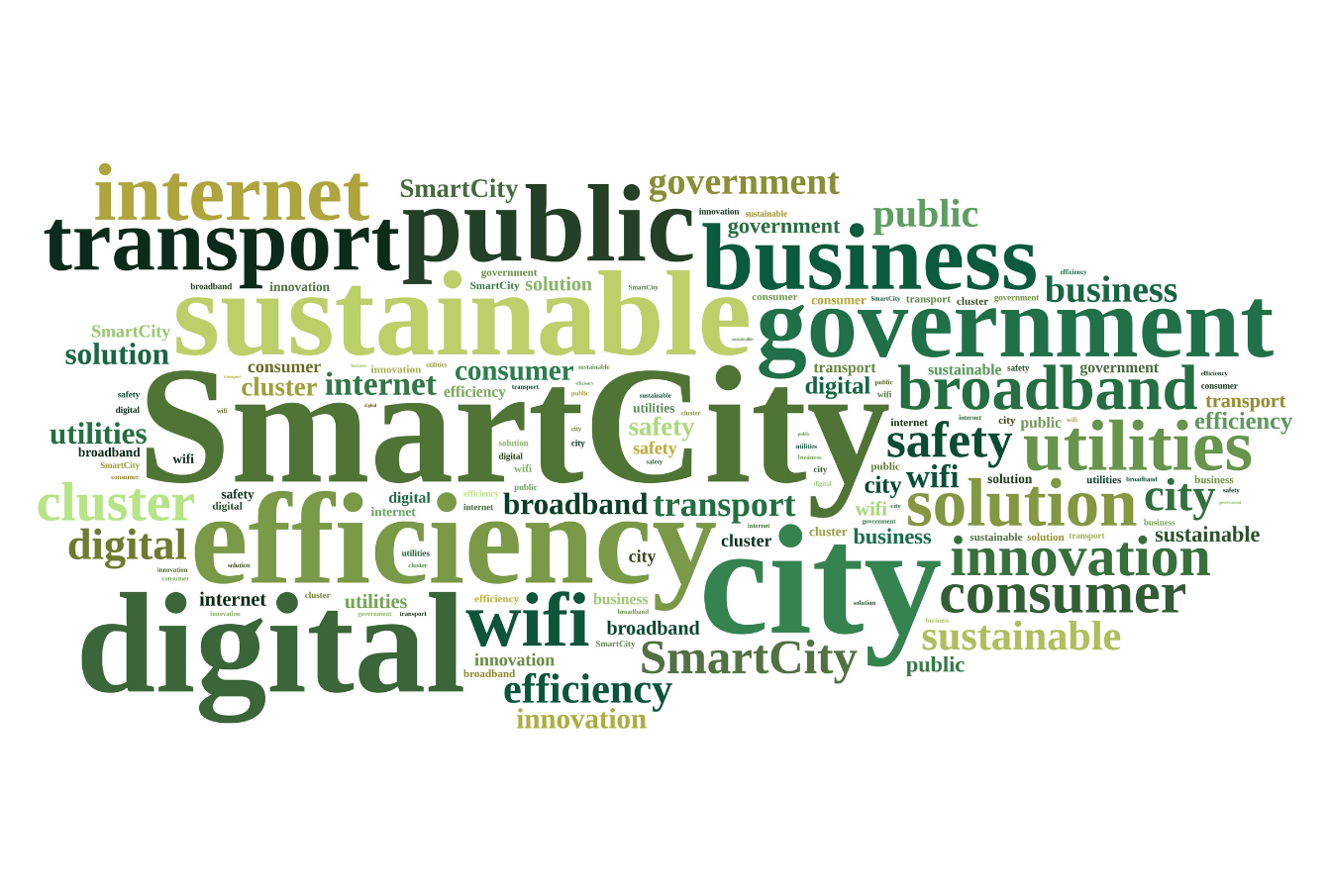 The new normal of the post-Covid logistics industry
The new normal of the post-Covid logistics industry
Dhl and Richard Wilding, professor of supply chain strategy at Cranfield University in the UK, conducted a study on possible changes that will involve global supply chains after the pandemic. Dhl Global Forwarding presents the report that analyzes the impact of the coronavirus emergency on the logistics industry, highlighting possible strategies and actions to imprint the logistics chains of the future and bring them to a ‘new normal’.
Looking to the future, according to DHL, it is now clear that the industries and supply chains that regulate their flows will no longer be the same in the post-coronavirus. Now, we are experiencing a pre-new normal phase that is trying to bridge the gap between isolation and recovery. Some industries have been more affected than others and will therefore recover more slowly, but the various implications for businesses and supply chains can be distinguished and divided into four categories: the problems related to the resilience of companies, those affecting demand, those involving transport and warehouses and, of course, those related to jobs.
“The images we saw scrolling through our screens were impressive. Long before countries went into isolation, supermarket shelves were emptied. Primary goods such as pasta, toilet paper, rice, painkillers, sauces and flour were sold out. Factories and supply chains have a delayed reaction to extreme fluctuations in consumer demand,” explains Richard Wilding, Professor of Supply Chain Strategy at Cranfield University. “People panicked easily. And, as in every crisis, the strengths and weaknesses of the system have emerged. To improve, it is important to learn from these emergency situations. If your supply chain has now been unchanged from before, maybe there’s something wrong.”
In this pre-normal phase, supply chains will be gradually reshaped to be more resilient, according to Dhl. For example, the mere fact that both production sites and warehouses were equally affected by the lockdown and had to comply with different regulations will result in an increase in production, storage, dual sourcing, re-shoring and near-shoring. The most important players in global supply chains, rather than focusing solely on Tier 1 suppliers, will also need to take a closer look at Tier 2 and Tier 3 suppliers to see if they can keep up with the flow of goods.
Among the other factors that will need to be considered, the report highlights the irregularity of consumer demand and tastes that will inevitably affect the need for more flexible transport and warehouse networks. The reality of eCommerce, for example, will be increasingly widespread and direct sales to consumers will increase, while other retail channels will be hit hard. These are just some of the possible facets that will affect modern supply chains.
New social space regulations will also affect the workflow of warehouses and offices. Smart working systems will require reliable IT systems that can manage a larger workforce with appropriate data access and management systems. The warehouse processes will have to be adapted to the new standards: the whole organization will have to be reviewed, from pick-up points to packaging areas and everything will have to comply with the new rules. The move to the new normal will disrupt the balance that has kept the logistics industry in place until today but will provide a new push towards increasingly digitised and automated processes.





